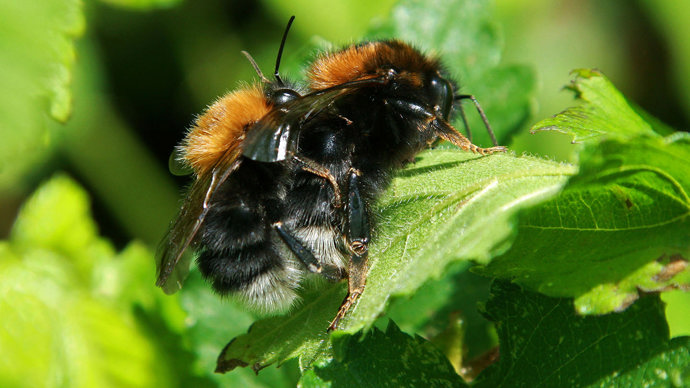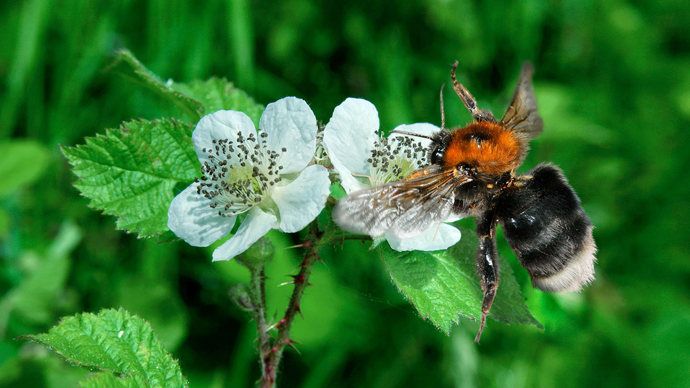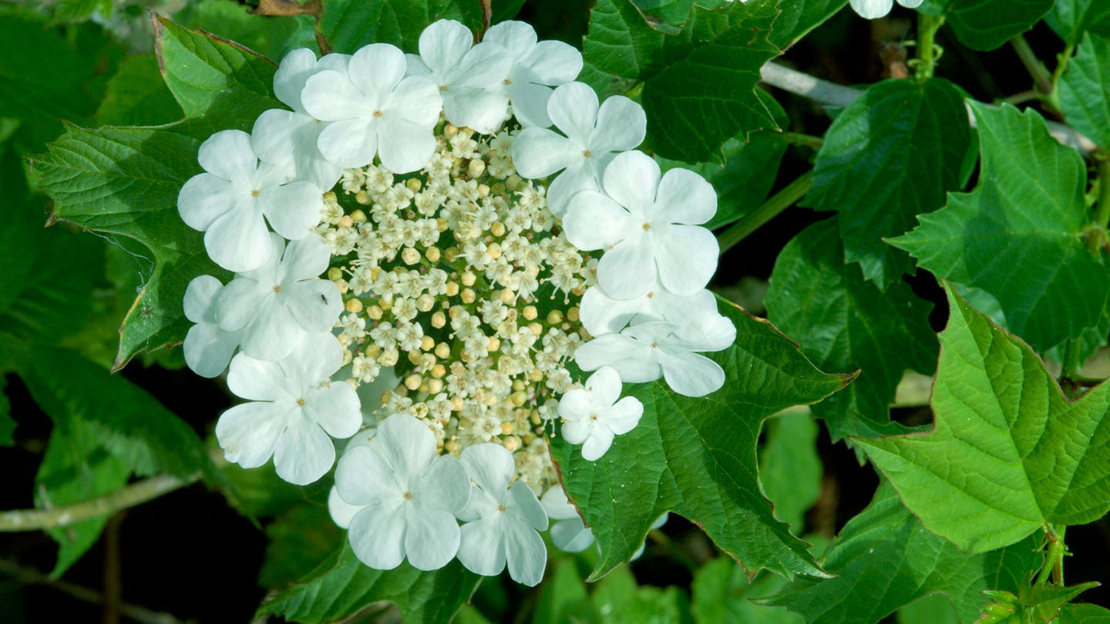Common name: tree bumblebee
Scientific name: Bombus hypnorum
Family: Apidae (bees)
Habitat: woodland, parks and gardens, wider countryside
Diet: nectar
Predators: birds
Origin: native, but a recent arrival
A new arrival and a welcome addition to the UK's bumblebees. This enterprising bee has quickly set up home across Britain and happily takes to nest boxes and other human-made spaces in our gardens.
Common name: tree bumblebee
Scientific name: Bombus hypnorum
Family: Apidae (bees)
Habitat: woodland, parks and gardens, wider countryside
Diet: nectar
Predators: birds
Origin: native, but a recent arrival
Tree bumblebees are one of the more straightforward bee species to recognise. The workers, males and larger queens are similarly patterned, all with tawny thoraxes, black abdomens and white tails.
Rhododendron nectar is toxic to honey bees but doesn't seem to affect bumblebees, perhaps to encourage more effective pollinators.
Foraging workers collect nectar and pollen to bring back to the nest. These bees are particularly drawn to downward hanging flowers like comfrey, but will also visit the flowers of fruit trees and shrubs (like bramble), cotoneaster, fuscia and other garden plants.

Credit: Naturepix / Alamy Stock Photo
Queens are early risers and can be spotted from March on the lookout for places to nest. As the bee's name suggests, holes in trees are traditional nesting sites, but house eaves , loft insulation, compost heaps and bird boxes provide perfect alternatives.
Six weeks after the queen has established her nest, workers emerge and begin foraging for the rest of the colony. The colony grows and can remain active for five months, during which time males and young, unmated queens leave the nest.
Once mated, the new queens feed to fatten themselves up for hibernation. While the colony they were born into dies, these queens wait out the winter, emerging the following spring to set up colonies of their own.
Tree bumblebees are new arrivals to the UK, thought to have begun colonising our shores after expanding their range elsewhere in Europe. They were first recorded in Wiltshire in 2001 and have since spread across England, Wales and parts of Scotland.
Queens have been known to evict blue tits from nest boxes in order to take them over.

Credit: Nature Photographers Ltd / Alamy Stock Photo
Look for worker bees visiting flowers in gardens throughout the spring and summer, or for queens investigating walls, fences or bird boxes in early spring.
This bee species has been quick to spread and colonise most of the UK as a natural new arrival. It is thought that the species may help to boost dwindling numbers of valuable pollinators, and while their long-term impact on our native bees remains to be seen, there is currently no evidence that they pose a threat or competition to other bumblebee species.

With our essential Trees for Bees pack you can create a wildlife haven for bees and other pollinators. Each pack includes a mix of nectar-giving native tree species.
Buy the pack